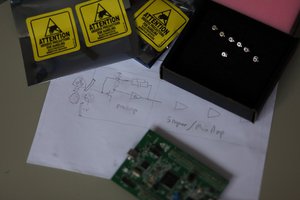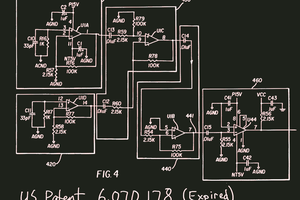The code I have so far, and the schematics and some (not all yet) of the KiCad footprints are there too (you should be able to find the ones that aren't there, as I downloaded them all, but need to sort through them):
github.com/nmz787/open-spectrometer/
open-Spectrometer
A device consisting of a Toshiba TCD1304AP CCD sensor, a Wolfson WM8253 Video ADC, a Parallax Propeller, and an FTDI FT232H USB IC





 Vini's Lab
Vini's Lab

 Tom Anderson
Tom Anderson
 Arthur Admiraal
Arthur Admiraal
Excited to start following this. Keep up the good work and keep us updated!